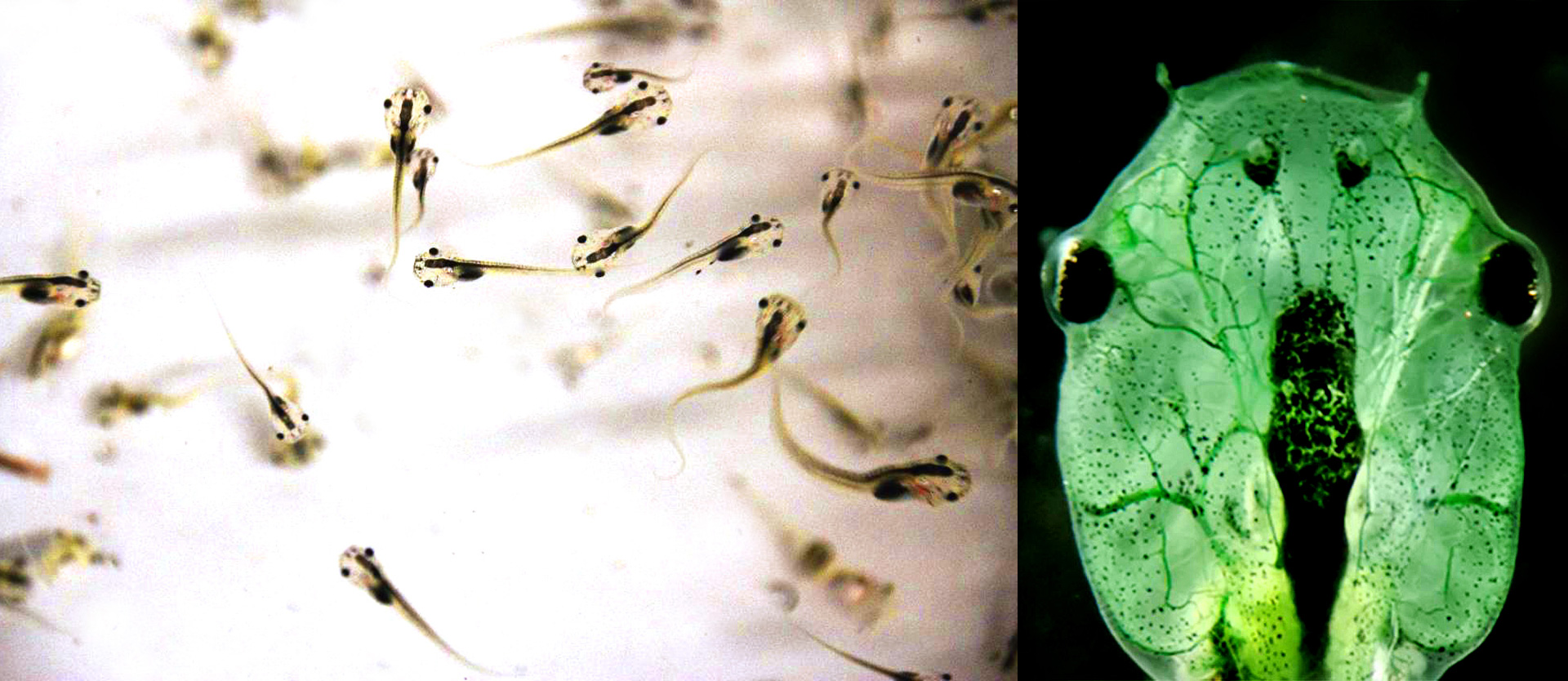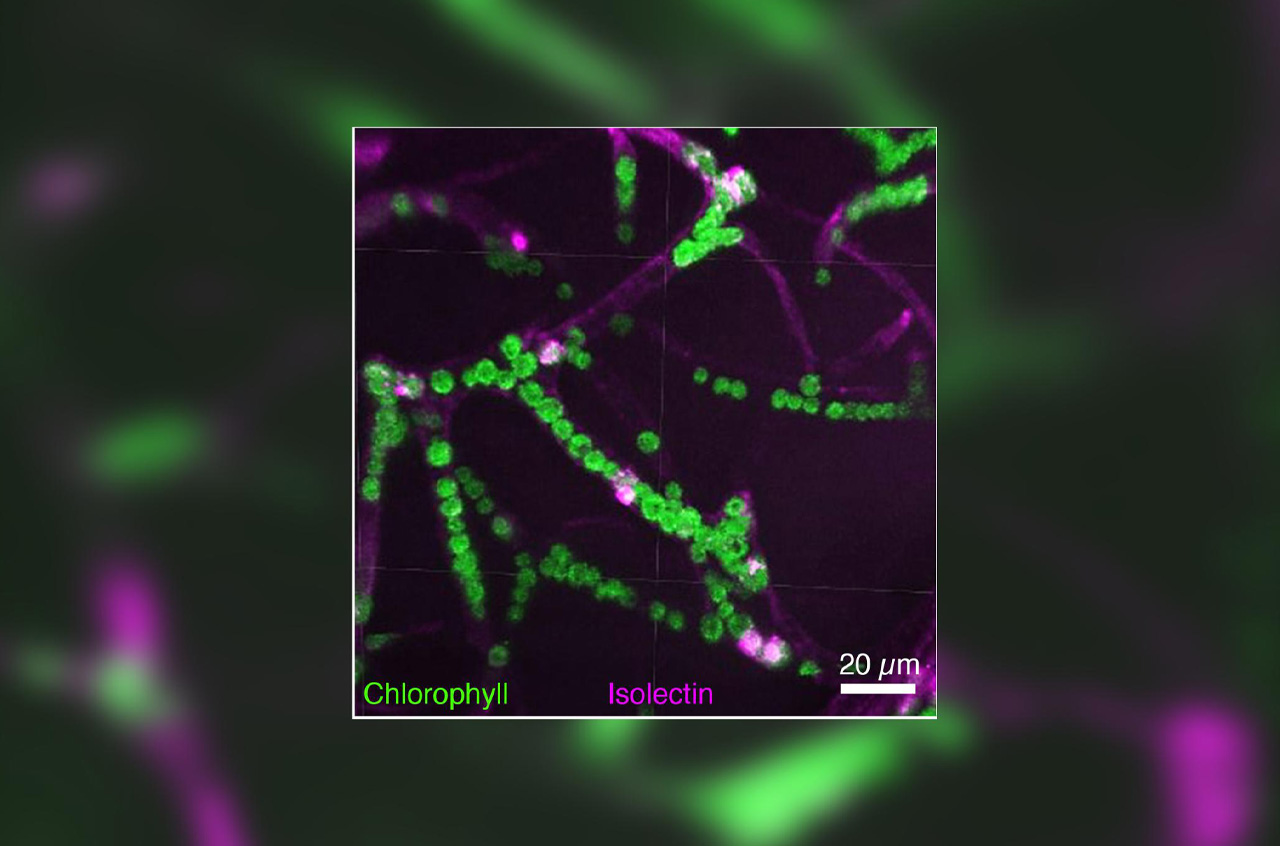
Oxygen directly on site
Scientists at the Faculty of Biology at Ludwig Maximilian University in Munich have created tadpoles without gills

In the experiment, the scientists injected some animals with single-celled green algae and cyanobacteria directly into the heart. These algae produce oxygen right on the spot. Each heartbeat distributed the algae throughout the body.

The biologists found that the cyanobacteria distributed well in the vascular system. The animals took on a green color.
The biologists found that the cyanobacteria distributed well in the vascular system. The animals took on a green color. In the process, the algae also entered the tadpoles' brains, the organ with the highest oxygen consumption. The researchers then placed the tadpoles in a liquid that contained hardly any oxygen. The brain activity of the animals thus depended on whether the algae produced sufficient oxygen through photosynthesis. This was the case. Thanks to the injected aquatic plants, oxygen was produced directly in the tissue for nerve activity as long as sufficient light was available.
A possible application could be, for example, the improvement of oxygen supply in cell cultures, explanted organs or brain slice preparations, the researchers believe.
Original publication:
Suzan Özugur et al.: Green oxygen power plants in the brain rescue neuronal activity. iScience 2021, DOI:https://doi.org/10.1016/j.isci.2021.103158









